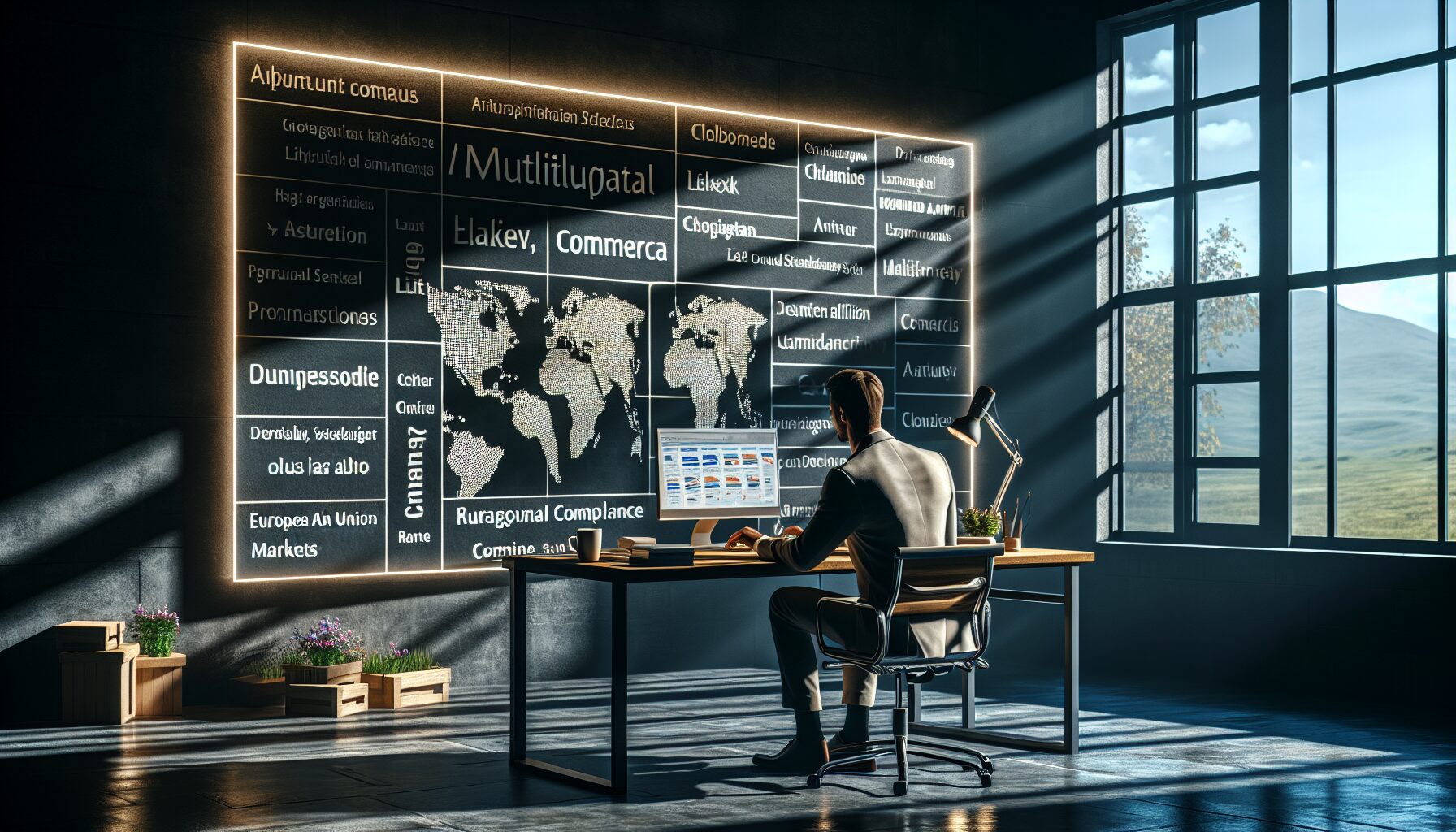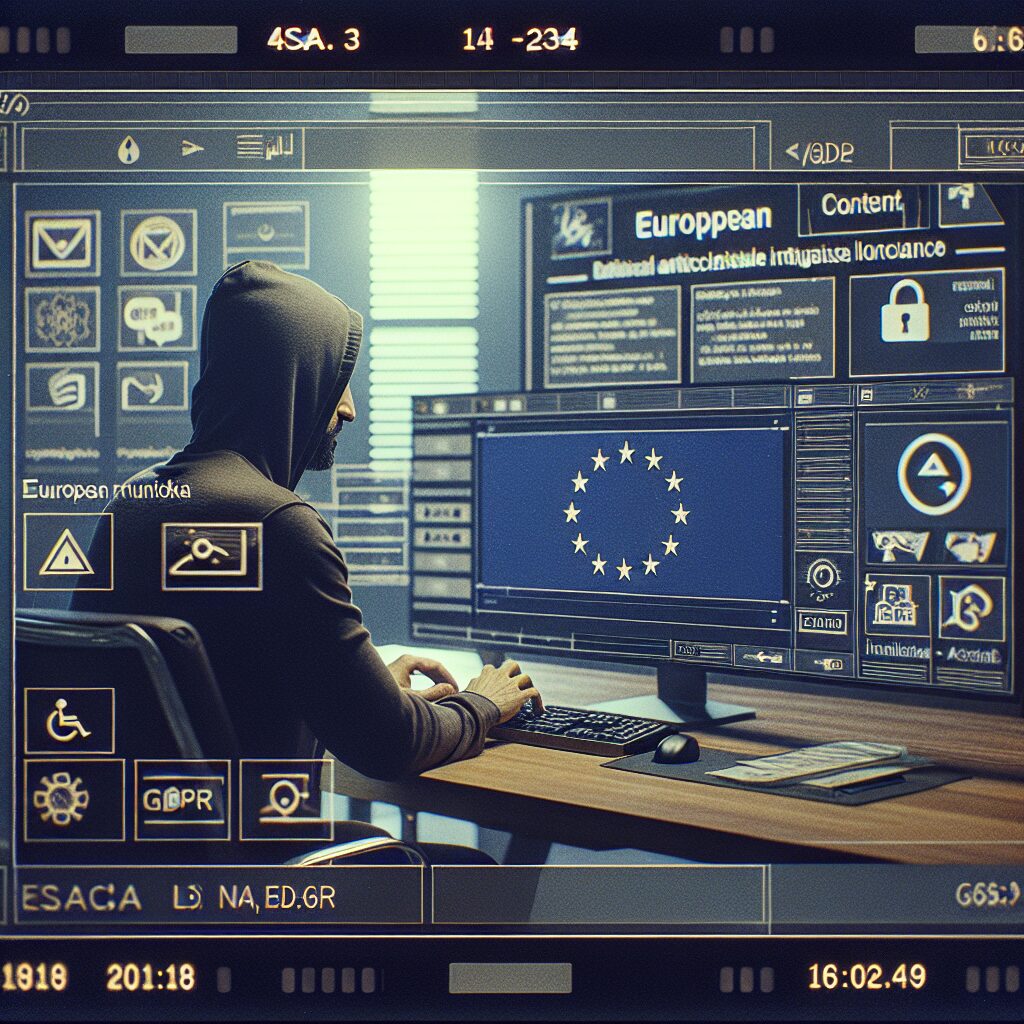About eldris
At Eldris, we automate SEO, multilingual site expansion, and EU compliance for brands scaling across Europe. Our AI-powered platform handles everything from content publishing to regulatory docs—so you don’t have to.
In This Article
- Website cloning Europe streamlines digital expansion into multi-language markets.
- Transparent quotes should include all technical, legal, and localisation services.
- Legal EU compliance and localisation are non-negotiable for successful outcomes.
- SEO practices must be adapted for unique regional SERPs and search habits.
- AI and automation offer huge speed improvements, but human oversight remains key.
- Costs can be reduced through modular designs, phased features, and core-market focus.
Why Consider Website Cloning for European Expansion?
Multi-country, multi-language presence drives ROI
As businesses strive to enter and thrive in more markets, website cloning Europe emerges as a vital strategy. It enables brands to replicate their existing online infrastructure across different languages, currencies, and cultural frameworks. In essence, website cloning goes beyond simple translation—it involves replicating an entire website’s structure, functionality, and localisation elements to make it resonate authentically within diverse European markets.
Imagine you’ve built a successful online retail presence in Germany, and you now wish to launch similar operations in Italy, Spain, and France. Building each site separately from scratch is time-consuming and costly. Website cloning offers a streamlined alternative by duplicating your website’s core framework, then adapting it for localised content, SEO, compliance regulations, and user experience standards.

With Europe’s fragmented linguistic and regulatory landscape, cloning remains one of the smartest methods to standardise design, maintain brand consistency, and accelerate time-to-market. For smaller businesses, it’s a gateway to agile scaling. For enterprise organisations, it unlocks widespread operational efficiencies. In this article, we examine the full cost breakdown, what’s included in quotes, and how to approach website cloning strategically.
Breaking Down Website Cloning Costs in Europe
Core pricing factors for EU-based businesses
The cost of website cloning Europe fluctuates based on several fundamental variables. One must consider hosting needs, localisation depth, language count, compliance adjustments, and the complexity of your original website. Basic clones with few interactive elements may cost as little as €1,500. However, for multilingual e-commerce platforms, expenses can rise quickly—often exceeding €10,000 per market.
Other cost-driving variables include integration with third-party tools, CMS compatibility (such as WordPress, Drupal, or Magento), and required localisation services like translation, content rewrites, and cultural UX optimisation. Task automation, custom development features and GDPR-aligned compliance also impact your final quote.
A high-quality cloned website speaks to your new audience—both linguistically and culturally—without compromising your digital integrity.
Furthermore, scalability considerations should not be overlooked. Expanding into five language markets may not mean simply multiplying the cost by five. Many agencies offer bundle discounts for multi-territory expansion, so always request tiered options in your quote based on regions targeted. If you’re curious about the typical agency breakdown, Learn more about Multilingual Website Cloning and Expansion offers a comparative pricing matrix for EU web projects.
Key Elements Included in a Website Cloning Quote
A comprehensive quote for website cloning Europe should detail each service component. Generally, this includes:
- Technical duplication – Reproducing site architecture and back-end systems.
- Language localisation – Text translation, cultural content adaptation, and new assets.
- Design adjustments – Modifying layouts for right-to-left scripts or character length discrepancies.
- SEO configuration – Region-specific tagging, URL structures, and search positioning.
- Hosting solutions – Geo-targeted server setup with fast load times in each country.
- Legal compliance – GDPR validation, cookie policies, and eCommerce tax rules.
Top-tier providers may also include competitor benchmarking and content audits to fine-tune local relevance. Ensure your quote reflects all touchpoints—including post-launch QA, multi-device testing, and CMS training. Transparent pricing models will avoid post-contract surprises. For more insights on digital service agreements, read Transparent website cloning rates in Europe.
Automation and AI in Multilingual Site Replication
Modern website cloning Europe has come a long way from manual coding and brute-force translation. Today, AI-powered engines enable near-instant translations, AI-driven layout adjustments, and even automated content tone adaptation using NLP frameworks. When combined with neural machine translation tools, businesses can deploy region-ready clones in days instead of weeks.
Popular CMS platforms now offer AI connectors that facilitate automated page generation, AI SEO schema markup, and rule-based geo customisation. These tools integrate directly into clone management dashboards, providing more control with significantly less effort.
However, while automation enhances speed and scalability, human oversight remains essential. Machine learning may interpret idiomatic expressions poorly or miss cultural implications. Therefore, hybrid models that combine machine efficiency and human curation deliver the best long-term results.
Legal & Compliance Factors for European Markets
Each EU member state maintains jurisdiction-specific guidelines concerning data protection, cookies, consumer rights, and accessibility. Thus, legal compliance is non-negotiable in website cloning Europe. A seemingly minor oversight, such as non-conforming privacy language in the Netherlands, could result in fines or user distrust.
Your cloned sites should follow country-specific regulations. This includes DSA (Digital Services Act) obligations, multi-language cookie banners, fulfilment disclosures, and dynamic VAT compliance mechanisms tailored to each region. Working with digital legal consultants or experienced agencies ensures correct implementation within each framework.
Accessibility compliance, notably WCAG 2.1 standards, is particularly crucial when cloning across Nordic and Western European markets where regulatory enforcement is strict. Make sure your agency audits accessibility features in tandem with localisation updates. For a compliance checklist by country, browse How automated SEO powers cloned websites.
How SEO Is Handled in Cloned Websites
Cloned websites must avoid SEO cannibalisation. It’s important that search engines understand each site caters to a unique region. Hreflang tags, canonical URL structuring, and geotargeting via Google Search Console are paramount in website cloning Europe.
Localised keyword research informs everything from metadata to internal linking structures. Do not simply translate your English keywords. Instead, market-specific search data should power your content strategy. This includes adapting headers, product names, and alt-tags to reflect regional SEO demands. Read a related article explores multilingual SEO strategy in more depth.
It’s also wise to adapt your backlink acquisition strategy for each marketplace. Regional domains, local directories, and native thought leadership all feed into stronger domain authority per geo-specific clone.
Cost-Saving Tips When Cloning a Website
While premium services deliver top-tier results, there are strategic ways to cut operational costs without compromising quality. Begin by prioritising core markets. Cloning your site into France and Germany before expanding to smaller markets allows for staggered spending and analytics-informed iterations.
You can also adopt scalable modular design systems. These templates support easier customisation by only changing colour palettes, fonts, and key visuals instead of rebuilding full structures. Pre-approved content libraries also speed up localisation.
Next, consider phased integrations for advanced features. Launch with essential tools, and add CRM plugins or eCommerce features down the line. Economising on unnecessary bells and whistles early on allows you to focus investment on mission-critical market readiness.
When Should You Invest in a Custom Cloning Package?
Custom cloning packages become crucial when audiences differ wildly across target markets. A uniform clone won’t suffice if user expectations, buyer behaviours, and regulatory factors vary significantly. For example, a B2B SaaS homepage for Italy may need a very different CTA model than its Scandinavian counterpart.
Furthermore, if your brand offers thousands of SKUs or interactive features like configurators or customer dashboards, cloning will require bespoke back-end rebuilds. In such cases, templated cloning solutions may prove insufficient. Enterprise clients, in particular, should explore packages that accommodate long-term scalability, multilingual CMS admin panels, and CRM synchronisation.
Also, tech stack compatibility matters. Not all CMSes handle multilingualism natively. A bespoke cloning approach considers your CMS capabilities, automation plugins, and API dependencies to ensure seamless functionality across all clones.
Understanding the Timeline: From Quote to Launch
Cloning timelines vary according to complexity and the number of target languages. But for basic brochure-style websites, timelines rarely exceed four weeks. For more feature-rich websites or multi-market launches, 6–8 week roadmaps are standard.
Expect the timeline to include the following phases:
- Consultation & Quote: 3–5 days
- Technical Cloning & Environment Setup: 7–10 days
- Translation & Localisation: 10–14 days
- Testing & Compliance Validation: 5–7 days
- Launch & Monitoring: Ongoing support period
Advance planning and a clear scope of work will prevent delays. Request Gantt charts or sprint-based roadmaps during the quoting phase, so expectations are well aligned.
Case Example: EU Brand Cloning From Spain to France
One notable example of successful website cloning Europe involved a fashion retailer headquartered in Spain. Wishing to move into the French market, they cloned their Magento-based e-commerce platform, reconfiguring it with French-speaking sales funnels, currency adaptors, and localised customer service chatbots.
Analytical results showed a 32% increase in conversion rates within three months due to optimised French landing pages and localisation of product descriptions. The brand also used AI to adapt tone of voice and reformat rich media assets, dramatically reducing work hours spent on manual redesign. Their SEO footprint in France improved, subsequently leading to a broader localisation push across Belgium and Switzerland.
How to Request a Transparent Quote
To get a reliable quote for your cloning project, provide potential vendors with full access to your source site, content inventory, and a list of language markets you plan to target. Always specify your CMS, third-party integrations, and whether you require ongoing maintenance or a one-off deployment.
Request a breakdown by service tier with optional add-ons. High-quality vendors will offer clarity on revision cycles, post-deployment support, and testing methodologies. Transparency during quoting benefits both parties and ensures your expectations are met from the outset.
Conclusion: Take the First Step Toward Expansion
[CONCLUSION_CONTENT]
Great guide on website-cloning-price-europe-whats-included-quote-interactive – Community Feedback
How much does website cloning cost in Europe?
Website cloning costs in Europe typically range from €500 to €5,000+ depending on your website size, language requirements, and desired automation. Large, multilingual or compliance-ready sites may cost more due to custom integration and regulatory needs.
What’s usually included in a website cloning quote?
A quote usually covers cloning the core content and structure, automated translation, SEO optimisation, localisation, compliance documentation, and possible integration with e-commerce or other business systems.
How can I reduce the cost of website cloning?
Opt for automated or hybrid cloning solutions, minimise custom features, and prioritise essential languages or markets. Automation can significantly reduce manual localisation and compliance costs.








